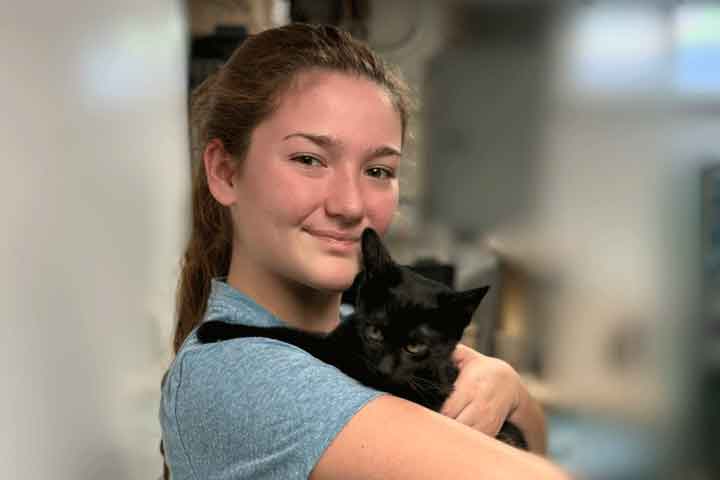“I Know You Rider” – Learn an acoustic dropped-D version of this Grateful Dead classic

The traditional song “I Know You Rider” was widely popular in the 1960s – performed by Joan Baez, the Kingston Trio, the Grateful Dead, the Byrds, Janis Joplin, Hot Tuna, John Renbourn (as “I Know My Babe”), James Taylor (as “Circle ‘Round the Sun”) and many others. These versions vary musically and lyrically, but all probably trace back to a song published in 1934 as “Woman Blue” in John and Alan Lomax’s book American ballads and folk songs.
Of all the interpretations of “I Know You Rider,” the Grateful Dead’s version was perhaps the most enduring. The song was a staple of the Dead’s repertoire for 30 years, from the band’s beginnings to its end – almost always as a segue to the funky, off-kilter “China Cat Sunflower,” as immortalized on the live album. Europe ’72. This combination of songs is in some ways the perfect summary of the band: deeply psychedelic and at the same time deeply rooted.
The vast majority of the Dead’s performances of “I Know You Rider” were electric, but the song is great for acoustic guitar. My arrangement takes some elements of the Dead, but uses dropped D tuning for more low-end punch and adds plenty of flatpicking fun. “Rider” is a great group/jam song, but this guitar part works well on its own too – even the solo can stand on its own without a background rhythm.
First, look at the chord shapes. For the G, you have to fret the bass note at the fifth fret because of the tuning. The F shape shown is technically an F/C; if you want a lower bass note or root note at the bottom of the chord, move your third finger to the sixth string (and mute the fifth string). In verse 3, I use an alternate set of shapes higher up the neck for variety. With the D shape at the fifth fret, I sometimes leave the high E string open for a D6 ornament. The D tuning at the tenth fret allows me to play a rhythm riff (on the second repeat of “I wish I was a Headlight”) inspired by the Europe ’72 Recording.
Dropped D makes adding riffs easy. The tab shows the riff I open the song with, as well as a D run, which is a dropped D version of the classic bluegrass G run. Feel free to add your own bass runs and riffs, especially in the breaks between vocal lines.
The solo remains in open position and consists mainly of single notes, often outlining the chord shapes, with occasional strums. When the underlying chord changes, you usually play the root of the new chord – as on the downbeat of bar 4 in the solo, when the chord changes to C and you play a C note on the fifth string. Hitting the roots in this way reinforces the chord changes during the solo.
As you can see in the video, I switch to mostly strings and percussion in the last chorus before returning to full chords in the last line and finishing with the ending in tablature.








This article originally appeared in the July/August 2024 issue of Acoustic guitar Magazine.



